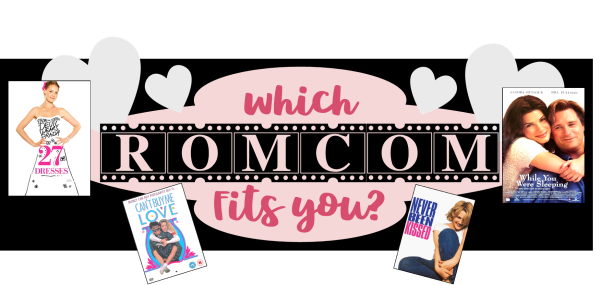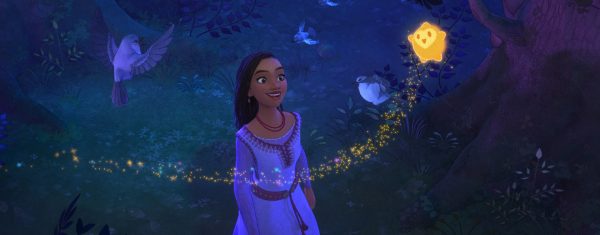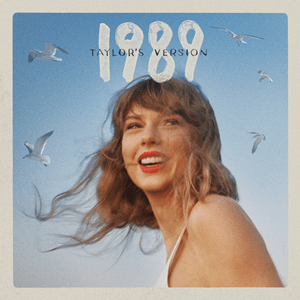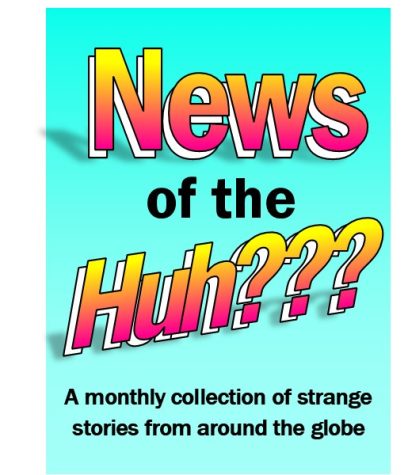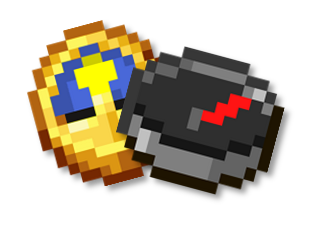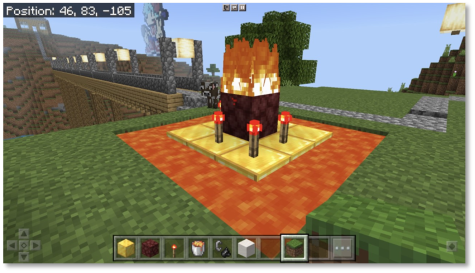A look at ‘Hyperpop,’ the internet’s newest microgenre
January 7, 2021

The past few decades have been a time of exponential growth for electronic music–the 90s birthed techno and electronic dance music, the 2000s made computers and music software easily accessible, and 2010s had vaporwave and cloud rap.
These genres, specifically vaporwave and cloud rap, previously served as the experimental genres defining a computerized, internet-centric youth. Hyperpop–the internet’s latest emerging microgenre–may just prove to be the 2020s equivalent.
Inspired by a wide host in sonic influences–namely the PC Music and trap rap stylings of Charli XCX, Bladee, A.G. Cook, Chief Keef, and others–hyperpop is typically sporadic, high-energy, compressed, and stylistically seeped in a thick layer of irony, matching the attitude of the most postmodern generation to date. Hyperpop also has a massive focus on style and aesthetics, with artists like Dorian Electra and Kid Trash taking heavy stylistic inspiration from early internet culture, video games, and 2000s alternative fashion.
The scene, still new and rapidly expanding, has exclusively grown online through niche underground communities and streaming services like SoundCloud and Spotify. The hyperpop playlist on Spotify in particular has been a massive tool for expanding the listener base of artists in the scene–with nearly 150,000 playlist followers. Collaborations, shoutouts, co-signs and cooperation have helped launch some musicians in the scene to unprecedented heights.
One such example of an artist whose career exploded thanks to the playlist is OSQuinn; with nearly half a million monthly listeners, she’s received praise from genre spearhead Laura Les, dance producer Flume, and Talking Heads vocalist David Byrne.
Her unique take on the hyperpop sound is emphatic and sharp, with abnormal mixing techniques, and short-form songwriting. In an interview with the Fader magazine, OSQuinn listed her fellow hyperpop contemporaries as major motivators for improving her sound–going to show the constant experimentation in the scene driving it forward.
Other notable artists in the realm of hyperpop are crossover hit 100 Gecs, a duo closely related to the PC Music genre that parents hyperpop; Glaive, a fellow teenage hyperpop artist who fuses instrumentals typical of the scene with emo-pop influence; and Kid Trash, who brings mid-tempo songwriting–more closely resembling 2010s cloud rap–to the scene. Alongside these major figureheads, new artists are popping up in the scene exponentially, with fans throwing their hat in the ring with the help of increasingly accessible music software and streaming services like SoundCloud.
With the vague and youthful nature of hyperpop, many similar scenes and styles are popping up in it’s vicinity–most notably, the microgenre of “crushed trap.” Crushed trap is a sister-scene that similarly fuses postmodern aesthetics and trap music influence with experimental songwriting, but specifically pushes the boundaries of production and mixing.
The genre is defined by an extreme bitcrushing effect on the instruments, an effect that reinforces an atmosphere reminiscent of mid-2000s internet culture. One group combining crushed trap production styles with hyperpop songwriting is Fax Gang. They combine influences from midwest emo, anime music, and other hyperpop music to make bittersweet, emotive ballads that sound like they were being blasted out of a broken cellphone–a quality which, for many fans, further reinforces the emotion of the music.
These exciting, often-overlapping scenes and styles alongside hyperpop are truly reflective of the generation itself–with a wide range of cultural influences, ironic tendencies, a focus on style and aesthetics, and an obsession with the internet. Hyperpop is still fresh, and rapidly developing–but it’s already beginning to prove itself as the 2020s’ sound of a generation.
